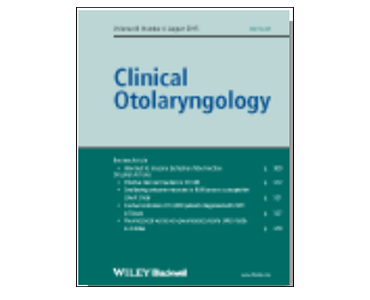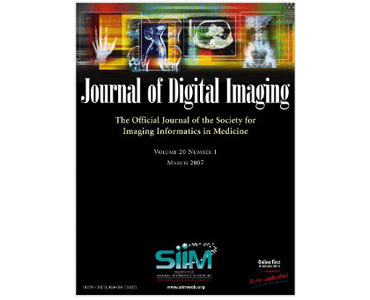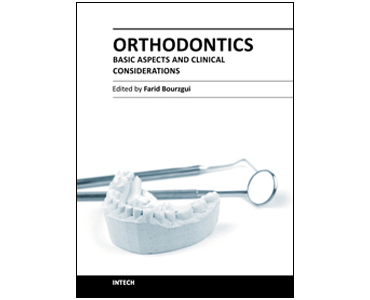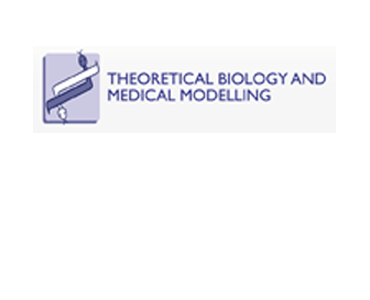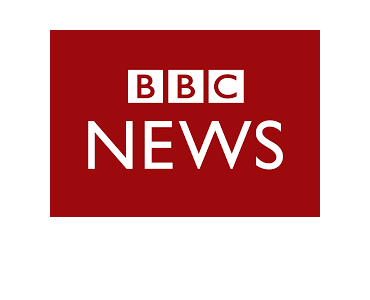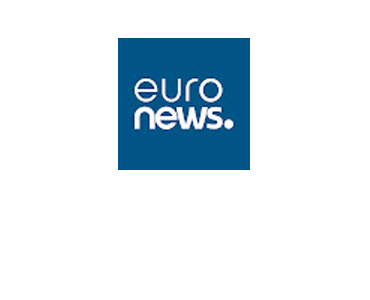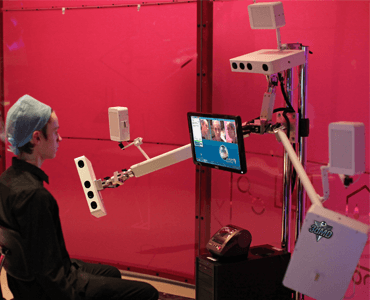Three-dimensional stereophotogrammetrical analysis of peristomal fixation of adhesive base plates during hands-free speech among laryngectomised patients related to tracheostoma volumes. R Dirven, Y Wouters, R Vreeken, TJJ Maal, HAM Marres.
Date: April 2012. Source: Clinical Otolaryngology; Volume 37, pp 124–129. Objective: This study evaluates the relation between stoma volumes by means of objective three-dimensional measurements of laryngectomised individuals and peristomal fixation of adhesive baseplates during hands-free speech. Design: A three-dimensional stereophotogrammetrical image was captured of the tracheostoma and its surrounding tissue for each participant. The…

